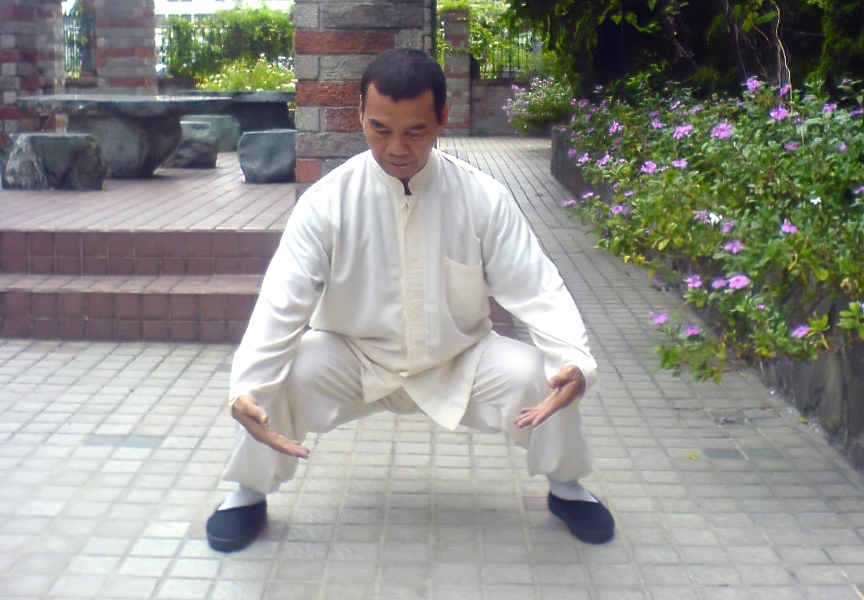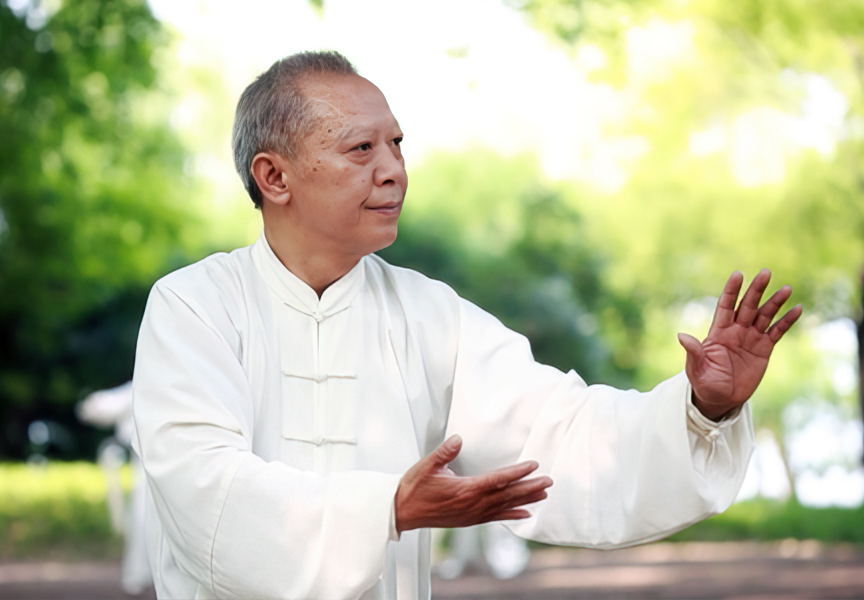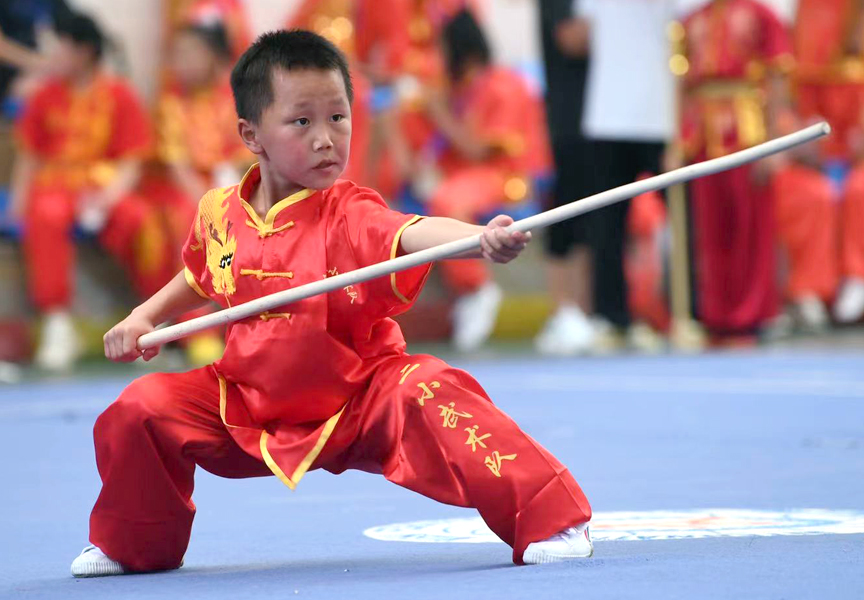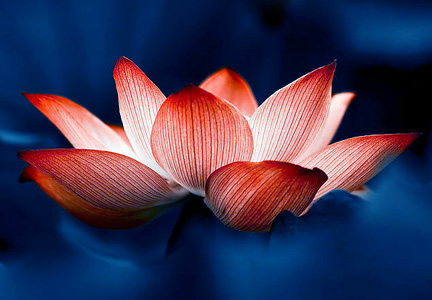Random Free Articles
- Τhe Εssence of Τayao

Ta Yao [Chin.: Tā yāo 塌腰], or sinking the waist, is a fundamental principle in Shaolin Rou Quan, which involves lowering the center of gravity and maintaining a flexible and rooted posture. This concept is not unique to Shaolin Rou Quan but is also essential in many other martial arts and sports. It involves dropping the waist and engaging the core muscles, creating a stable base for movement. It is this stability that provides Shaolin…
- Mastering the Art of Silk Reeling Motion

A Journey of Discipline and Grace Silk reeling motion, often referred to as Chan Si Gong [Chin.: chánsī 缠丝功] or Chan Su Jin [Chin.: Chán sī gōng Chán Sī Jīn 纏絲劲] in Chinese martial arts, is a foundational practice that has been passed down through generations. This intricate and elegant movement is not just a physical exercise; it's a profound art that combines fluidity, power, and mindfulness. In this article, we will…
- Martial Arts Training for Kids

In the realm of extracurricular activities for children, the decision to enroll a child in martial arts training is often met with a range of opinions among parents. Concerns about violence, conflicting desires for athletic prowess versus discipline and values, and uncertainty about the appropriateness of martial arts for kids are common factors influencing parental decisions. This article delves into the considerations surrounding martial…
- Lotus Flower of Enlightement

Throughout human history, symbols have played a pivotal role in conveying messages of universal significance. They serve as vessels for the abstract ideas and ideologies of particular societies, often requiring an understanding of the culture from which they originate. These symbols possess a unique ability to communicate profound meanings, inviting personal interpretation without the need for lengthy written explanations. In the context of…
- Profound Benefits of Meditation

In an increasingly fast-paced and stressful world, many people are turning to meditation as a means to find solace, peace, and balance in their lives. Meditation is an ancient practice that has stood the test of time, and its popularity in the modern world is a testament to its effectiveness. Beyond its spiritual and philosophical roots, meditation offers a wide array of tangible benefits for the mind, body, and overall well-being. In this…

